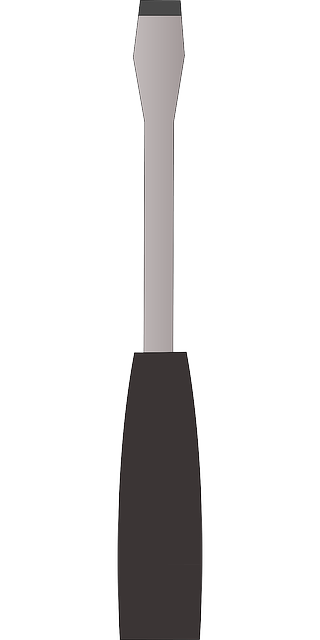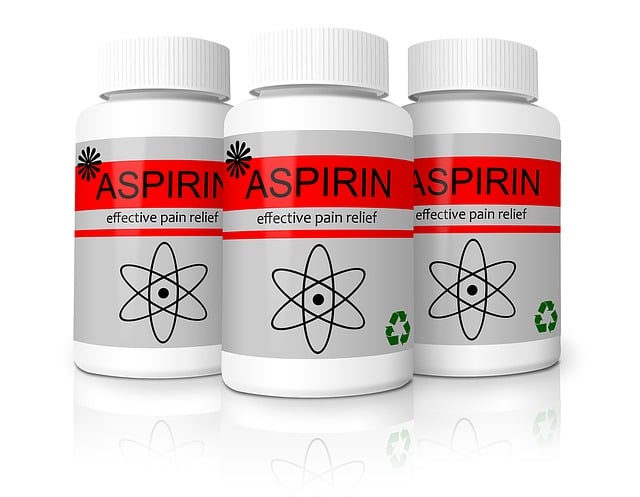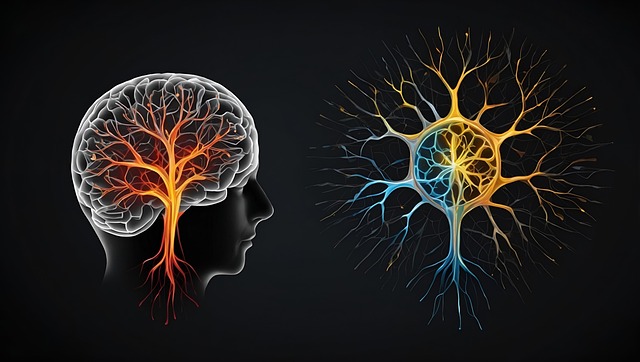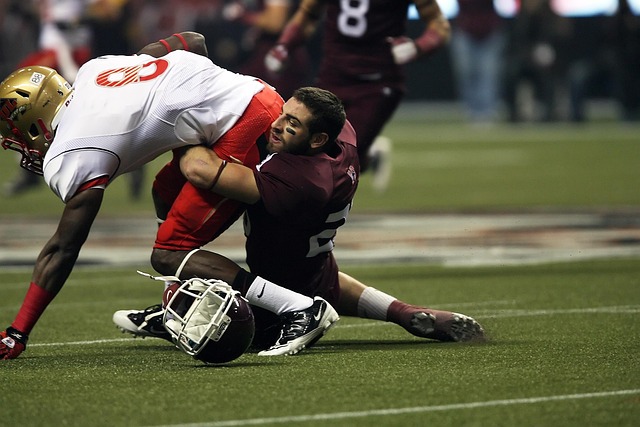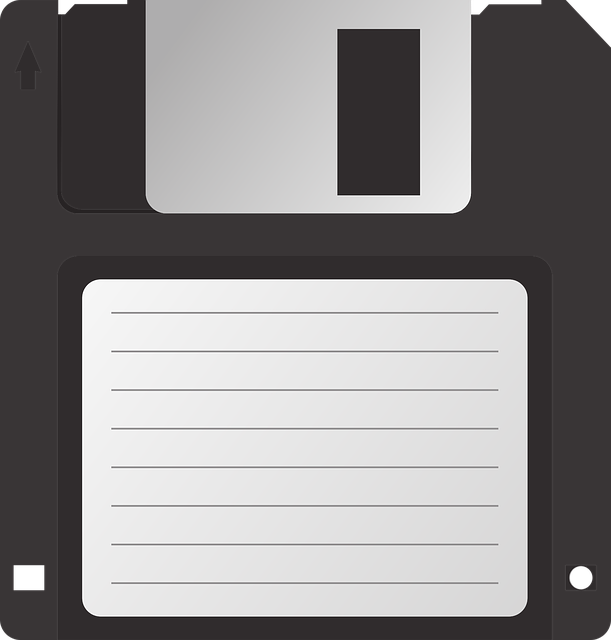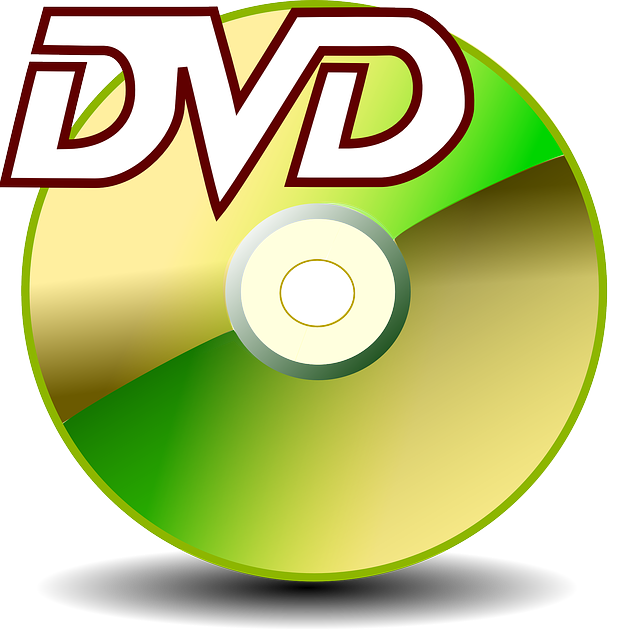Chiropractic management offers a non-invasive and effective treatment for herniated discs resulting from auto crashes, focusing on spinal adjustments, exercises, and lifestyle changes to reduce nerve irritation, enhance stability, and support healing. A holistic approach combining chiropractic care, targeted exercises, and physical therapy is key in managing lumbar disc issues post-car accident, accelerating recovery, and preventing future injuries.
“Experience a lumbar disc injury after a car crash? Effective management is crucial for optimal recovery. This article delves into the intricacies of post-auto injuries, focusing on chiropractic care for herniated disks as a non-invasive treatment option. We explore rehabilitation strategies to enhance healing and provide guidance for navigating this challenging phase. Understanding lumbar disc injuries and implementing evidence-based practices ensure a more comfortable and efficient path to recovery.”
- Understanding Lumbar Disc Injuries Post-Auto Crash
- Chiropractic Care for Herniated Disks: Non-Invasive Treatment
- Rehabilitation Strategies for Optimal Recovery
Understanding Lumbar Disc Injuries Post-Auto Crash
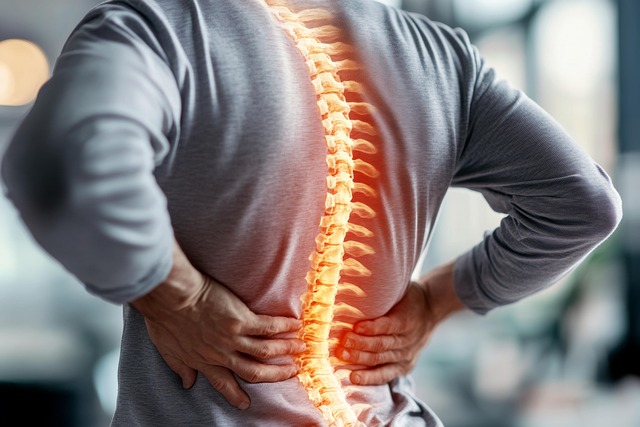
Lumbar disc injuries are a common occurrence after auto crashes, often referred to as whiplash or spinal trauma. When the spine experiences sudden impact or violent jolting during a car accident, it can cause the soft discs between the vertebrae to shift, tear, or herniate. A herniated disc occurs when the inner nucleus pulposus pushes through a tear in the outer annulus fibrosus, potentially compressing nearby nerves and causing pain and discomfort.
Chiropractic management plays a vital role in treating lumbar disc injuries post-car crash. Chiropractors employ various techniques to alleviate pain and promote healing. This may include adjustments to restore joint function, therapeutic exercises to strengthen muscles supporting the spine, and recommendations for lifestyle modifications to prevent further damage. The goal is to reduce nerve irritation, improve spinal stability, and facilitate the body’s natural healing process.
Chiropractic Care for Herniated Disks: Non-Invasive Treatment
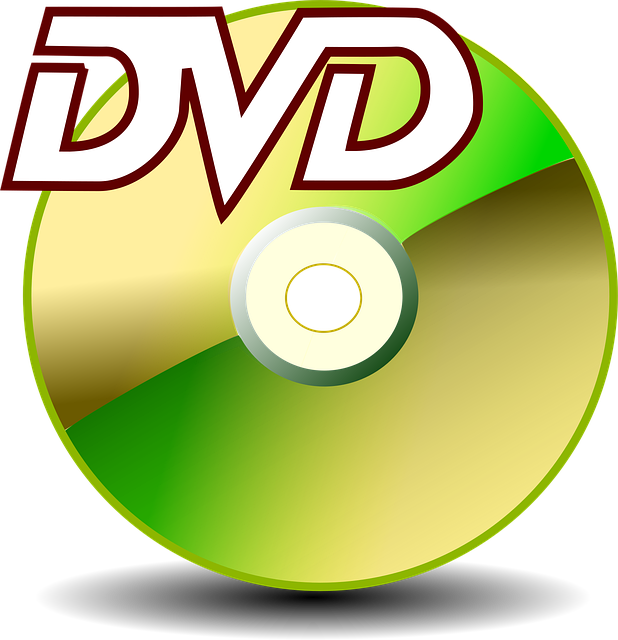
Chiropractic care offers a non-invasive approach to managing herniated disks, particularly after an auto injury. Chiropractors utilize various techniques such as spinal manipulation and adjusted pressure to realign the spine and relieve pressure on affected nerves. This gentle treatment can help reduce pain, improve mobility, and promote healing in the lumbar region post-car crash.
Through specialized adjustments, chiropractors target specific areas of the spine with herniated or bulging disks. These adjustments aim to restore joint function, decrease inflammation, and support the natural healing process. Many patients find relief from chronic back pain and nerve symptoms associated with herniated discs through regular chiropractic management sessions.
Rehabilitation Strategies for Optimal Recovery

Rehabilitation plays a pivotal role in managing lumbar disc issues arising from auto injuries, particularly herniated discs. Post-car crash, patients should embrace a holistic approach that combines various strategies for optimal recovery. Chiropractic management stands as a cornerstone, utilizing techniques like manual adjustments and spinal manipulation to alleviate pain and restore function. This non-invasive approach can significantly improve mobility and reduce inflammation, enabling the body’s natural healing mechanisms to kick in.
Complementing chiropractic care with targeted exercises tailored to strengthen the core muscles surrounding the spine further stabilizes the region. Additionally, physical therapy incorporates specific stretching and strengthening routines designed to enhance flexibility, build strength, and prevent future injuries. Together, these rehabilitation strategies not only accelerate recovery but also equip individuals with tools to manage their lumbar disc health effectively over time, even after an auto accident.
In the aftermath of a car crash, managing lumbar disc injuries effectively is paramount for optimal recovery. By understanding the mechanics of these injuries and employing non-invasive treatments like chiropractic care, individuals can experience significant relief from pain and improve their mobility. Additionally, rehabilitation strategies tailored to each patient’s unique needs play a crucial role in enhancing healing and preventing future complications. Through a comprehensive approach combining these methods, individuals can regain control of their lives, reclaiming their daily routines with reduced discomfort and enhanced well-being post-auto injury.

